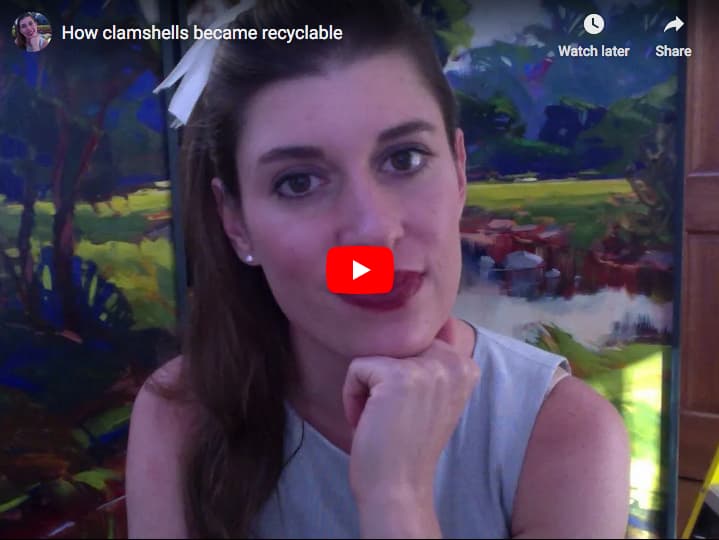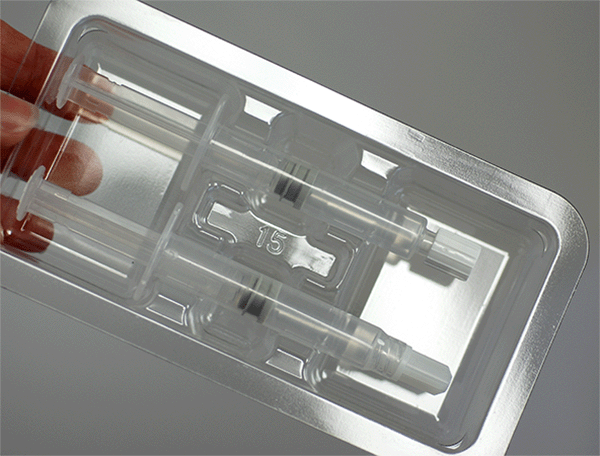Learn how clamshell packaging became recyclable in this new video. All packaging can be recycled; it just requires work, time, investment, and collaboration. Make your packaging recyclable, too, by working with all stakeholders to isolate the challenges in order to develop the solutions.


